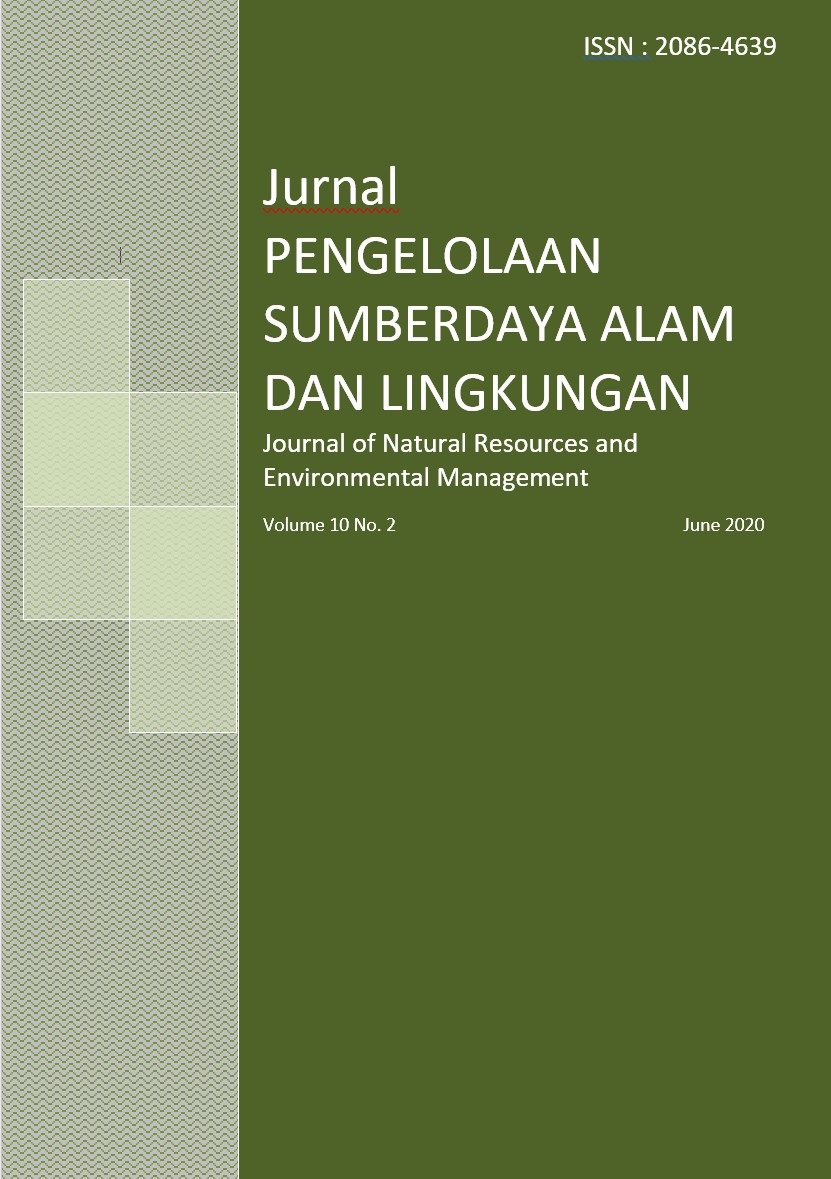Spatial Model Of The Deforestation Potential 2020 & 2024 And The Prevention Approach, Kutai Barat District
Abstrak
Kutai Barat have high forest cover and high deforestation rates. The study purpose to make spatial model, potential distribution of deforestation 2020 and 2024, analysis of the drivers of deforestation, compile and map the approach to reducing deforestation. Deforestation modeling done using MaxEnt and Zonation software. Deforestation sample data used from land cover maps 2009, 2013 and 2016. Deforestation rates used to estimate potential deforestation 2020 and 2024. The drivers of deforestation analyze from land cover change matrix. Prevention strategy approach by overlaying potential deforestation modeling results with RTRW maps. The model has good performance with AUC value 0.873. The validation show very good accuracy for the prediction of area to be deforested by 94%, the accuracy of the spatial distribution of the model 31%. Environmental variables have the highest contribution to the model is the distance from previous deforestation 37.4%. The potential of deforestation 2020 is 85,908 ha and 171,778 ha 2024. Oil palm, agriculture, rubber, HTI and mining are the driver of deforestation. Social forestry is expected to prevent potential deforestation 120,861 ha. Others expected programs to contribute to the deforestation reduction are community land intensification 30,316 ha and implementation of the HCV in plantation 20,120 ha.
Penulis
Authors who publish with this journal agree to the following terms:
- Authors retain copyright and grant the journal right of first publication with the work simultaneously licensed under a Creative Commons Attribution License that allows others to share the work with an acknowledgement of the work's authorship and initial publication in this journal.
- Authors are able to enter into separate, additional contractual arrangements for the non-exclusive distribution of the journal's published version of the work (e.g., post it to an institutional repository or publish it in a book), with an acknowledgement of its initial publication in this journal.
- Authors are permitted and encouraged to post their work online (e.g., in institutional repositories or on their website) prior to and during the submission process, as it can lead to productive exchanges, as well as earlier and greater citation of published work (See The Effect of Open Access).






